

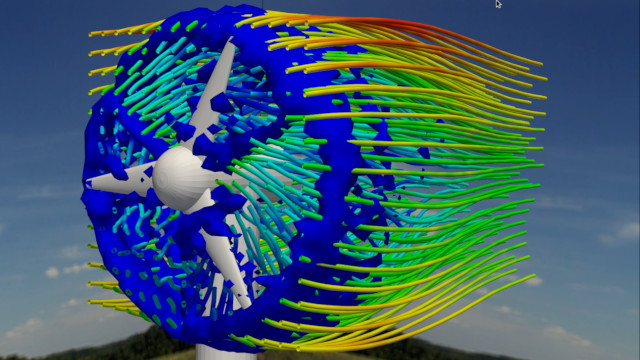
Visualization and configuration of a fluid mechanics simulator based on the combination of a numerical weather prediction model with a stochastic Lagrangian model adapted for turbulence.
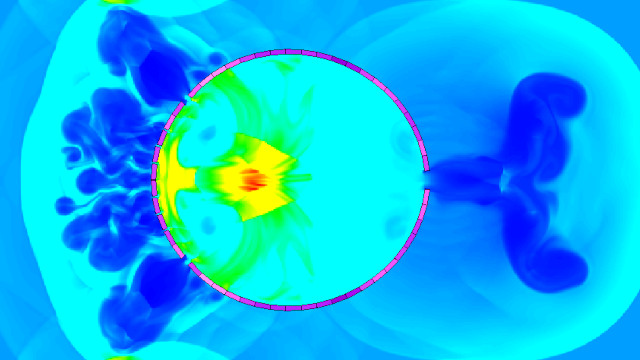
Interaction between a compressible shock wave modeled by finite volumes and a fragmentable structure defined by discrete elements. This system allows the correct treatment of the contact of the fluid (the wave) with the solid (the structure) and the fragmentation of the latter.

Coastal water flow simulation with applications such as urban flood management or lake overflow. This system incorporates different characteristics such as porosity models, biological systems or methods based on finite volumes.

Collaborative platform that allows the integration of different methods to solve optimal control problems such as contrast optimization in magnetic resonance images or the calculation of efficient aircraft trajectories to reduce fuel consumption. The system permits to follow an iterative strategy, first looking for an approximate solution with a direct method (ex: BOCOP) and later refine with an indirect method (ex: HamPath).
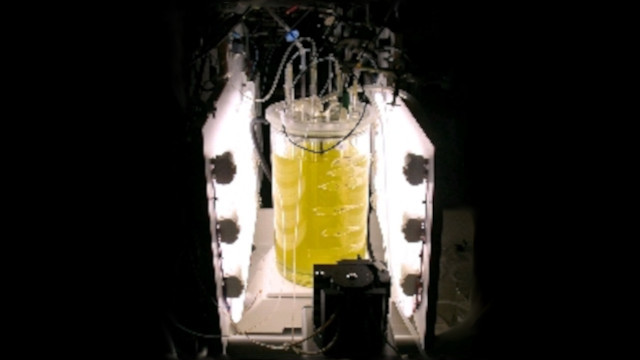
Remote monitoring platform for bioreactors such as microalgae or anaerobic fermentation. The platform acquires the information from different sensors, analyzes it and then performs the action designated by one of the control algorithms from among the wide variety that it hosts. It is then possible to control, observe and diagnose these non-linear systems at different time scales with noisy and fragmentary information.
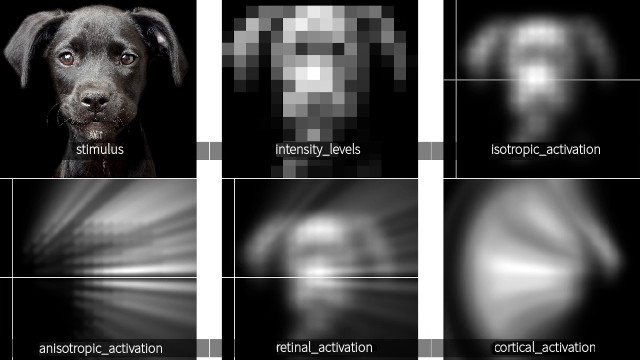
Retinal response reproduction to visual or electrical stimulation. The system allows neuroscientists to reproduce experimental results, simulate retinal and cortical responses to electrosurgical stimulation to test hypotheses, or study the contribution of various classes of cells to the encoding of visual scenes.
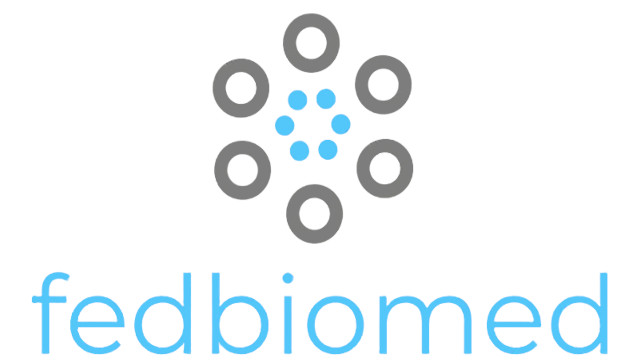
Implementation of a large-scale network of health centers using federated learning. This technique allows the network members to train models and preserve their data, following privacy regulations.

Feasibility study of neural networks use to estimate the poses of tennis players for training improvement.
Study developed for the Moratoglou tennis academy
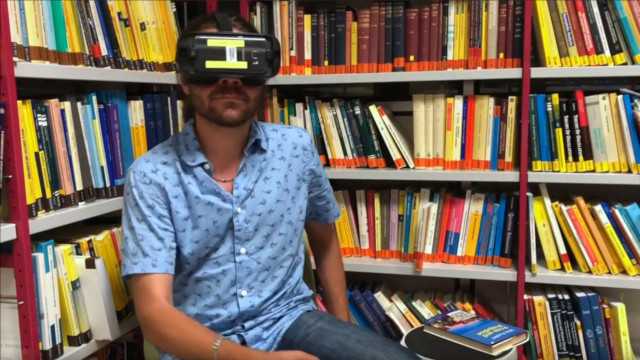
Thanks to an augmented reality head-mounted display users are able to observe the environment in a more appropriate way according to their visual pathology. Different filters are applied to the image captured by the HMD, focusing on the presentations displayed on a flat surface.
Project devloped for the Research and Development department at EDF
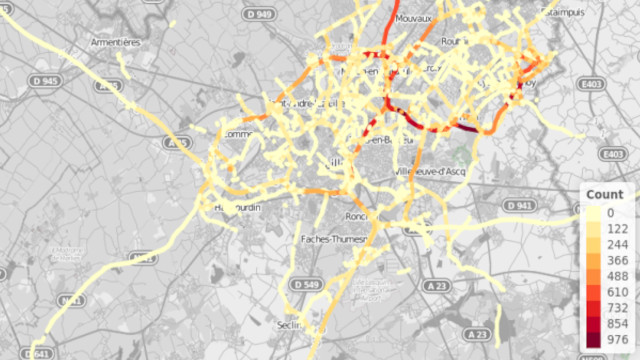
Sensors installed in a few hundred vehicles collect trajectories and electrical signals (pedals, lights, etc.). This data is analyzed to know the most used roads in the metropolitan area of Lille, to estimate parking time or to study the driver's compartment.
Project funded by the Agence De l’Environnement et de la Maîtrise de l’Énergie in collaboration with Xee, Cerema and i-viatic
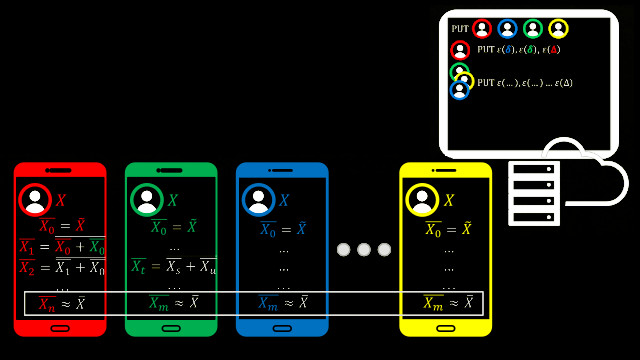
Multi-layer architecture for the development of data analysis algorithms securing the confidentiality of the data and protection from malicious attacks.

Simulator for driving schools to train students before using a real vehicle. Practive is done in a risk-free environment and with possibility to repeat exercises without restrictions. It includes traffic simulation, vehicles and pedestrians, and diverse environments and weather conditions. Traffic rules are conformable per country.
Winner of Entrepreneur Strategy at the Festival Fun & Serious Games 2014 and finalist of the Unity Awards 2014
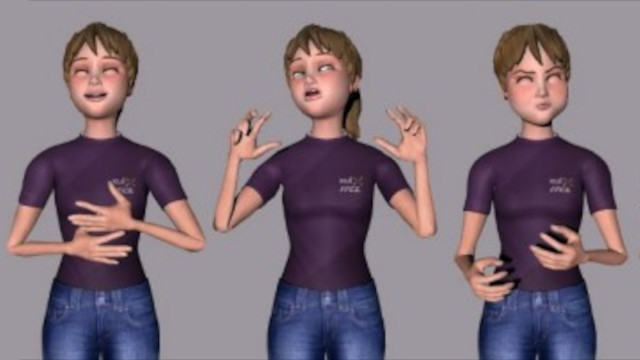
Virtual assistant translator of Sign Language with natural interpolation between the different signs. Videos are created automatically from text. It supports Spanish Sign Language (LSE), Catalan Sign Language (LSC), German Sign Language (DGS) or International Sign Language (LSSI).
Winner of the VI edition of the Vodafone Foundation Awards for Innovation in Communication and Third place in the International Digital Content Forum 2011.
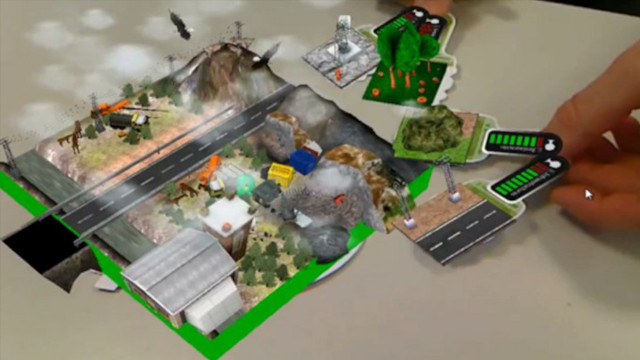
Educational game to sympathize with environmental protection and to appreciate the value of ecosystems and their complex balance. A physical card shows a virtual scene that evolves depending on the position of other cards with respect to the main one.
Project funded by the Fundación Biovidersidad dependent of the Environnement Ministry of Spain

Post-production rendering technique of 3D rendered scene images. This technique permits to modify in real-time the objects local geometry (normal buffer) and these modifications alters automatically the layers that define the colors (specular and diffuse lighting). The provided results are perceptually plausible.
File Video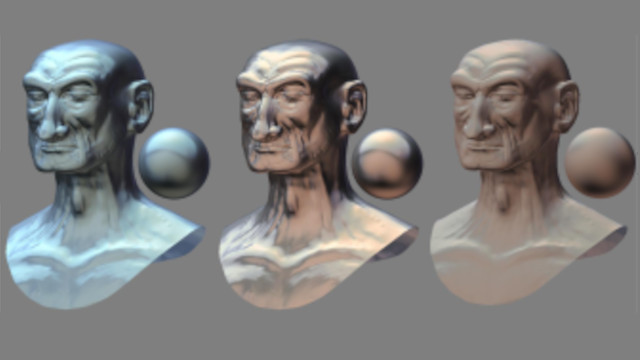
MatCaps permits to transfer, easily and efficiently but in a static way, the appearance of a sphere represented in an image, to an arbitrary 3D object. An extension based on this technique is presented, it grants dynamic manipulion of the appearance. It is possible to rotate the lighting, include reflections, vary the brightness of the material, change color selectively or add effects on the silhouette.
File Presentation video Demo video Shaders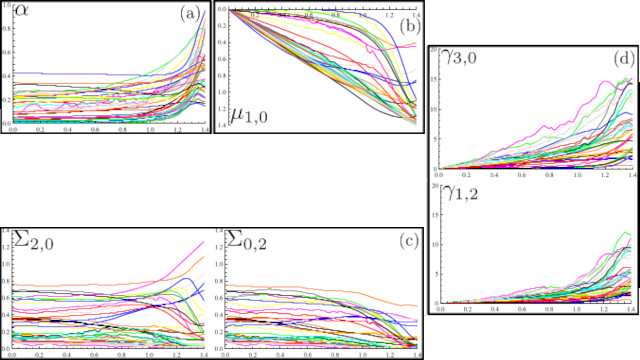
Bidirectional reflectance distribution functions or BRDFs are commonly used to model opaque materials. They are complex 4D functions that depend on the directions of the light and the view. This study shows a statistical analysis of these functions based on the variation of the view direction. Therefore, BRDFs can be analyze as a 2D distribution that acts locally on the environment lighting. The computation of the statistical moments of these distributions shows certain correlations between different moments, as well as some of them almost null that can be omitted.
File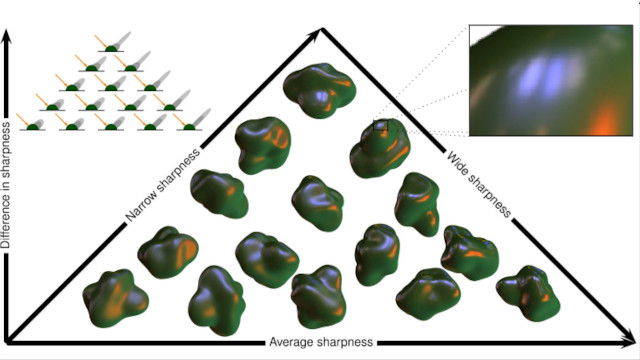
Perceptual study of materials. Users are asked to perform classification tasks using images of a pair of objects. These objects are rendered using a model with two overlapping specular components. The results show that observers are able to differentiate a perceptual attribute, which we can call haze of brightness, defined by Hunter in the book "The measurement of appearance". This attribute differs from those of gloss intensity and surface roughness, which have been extensively studied using single-component specular materials.